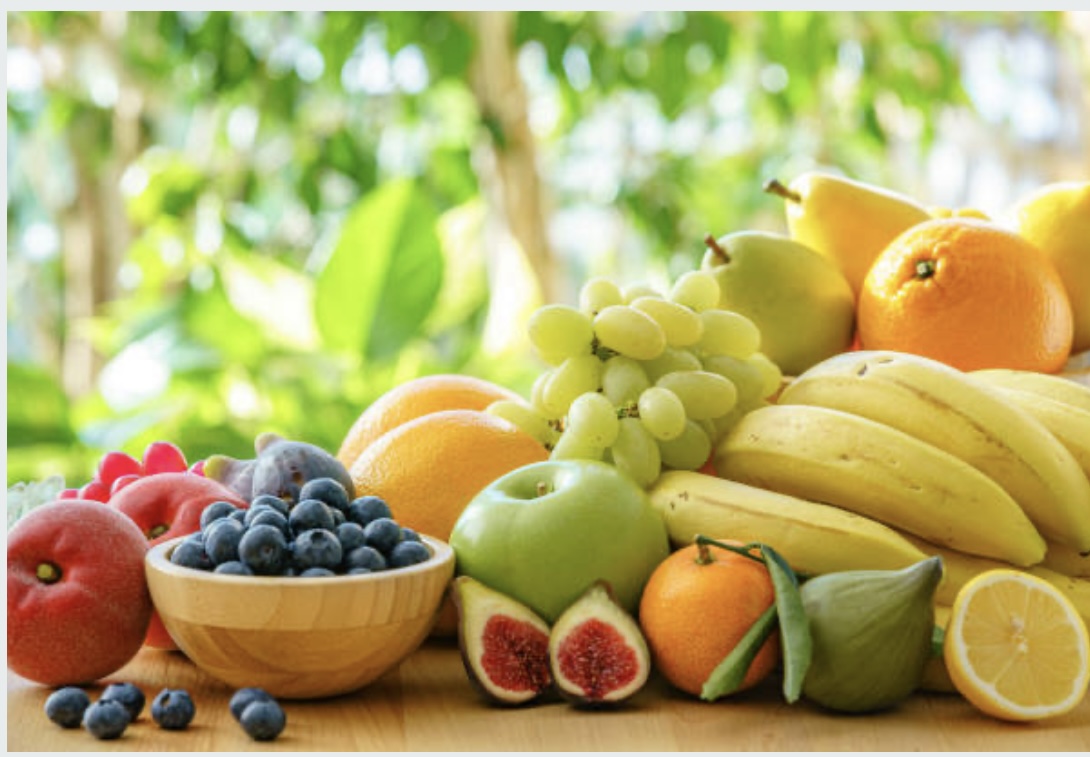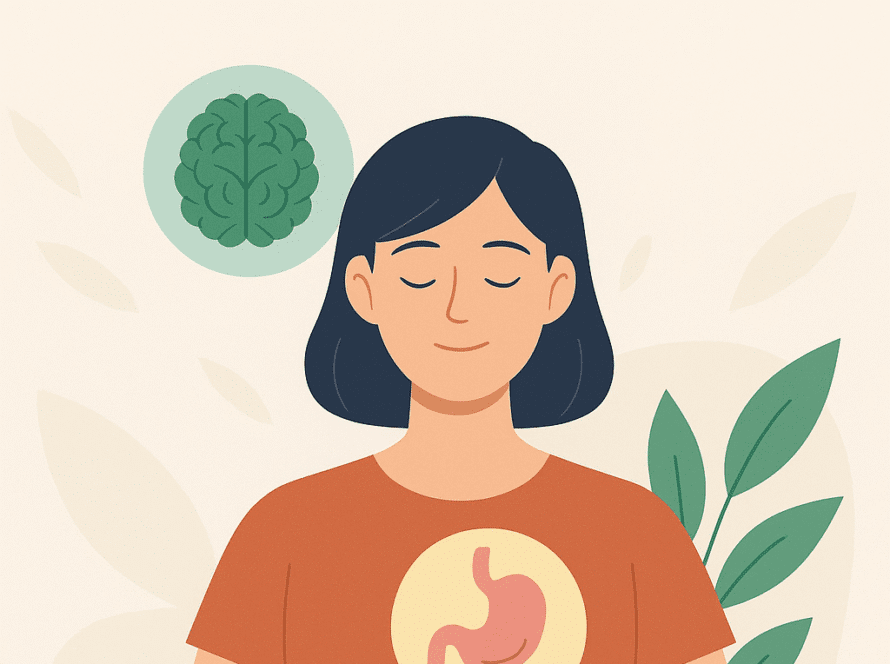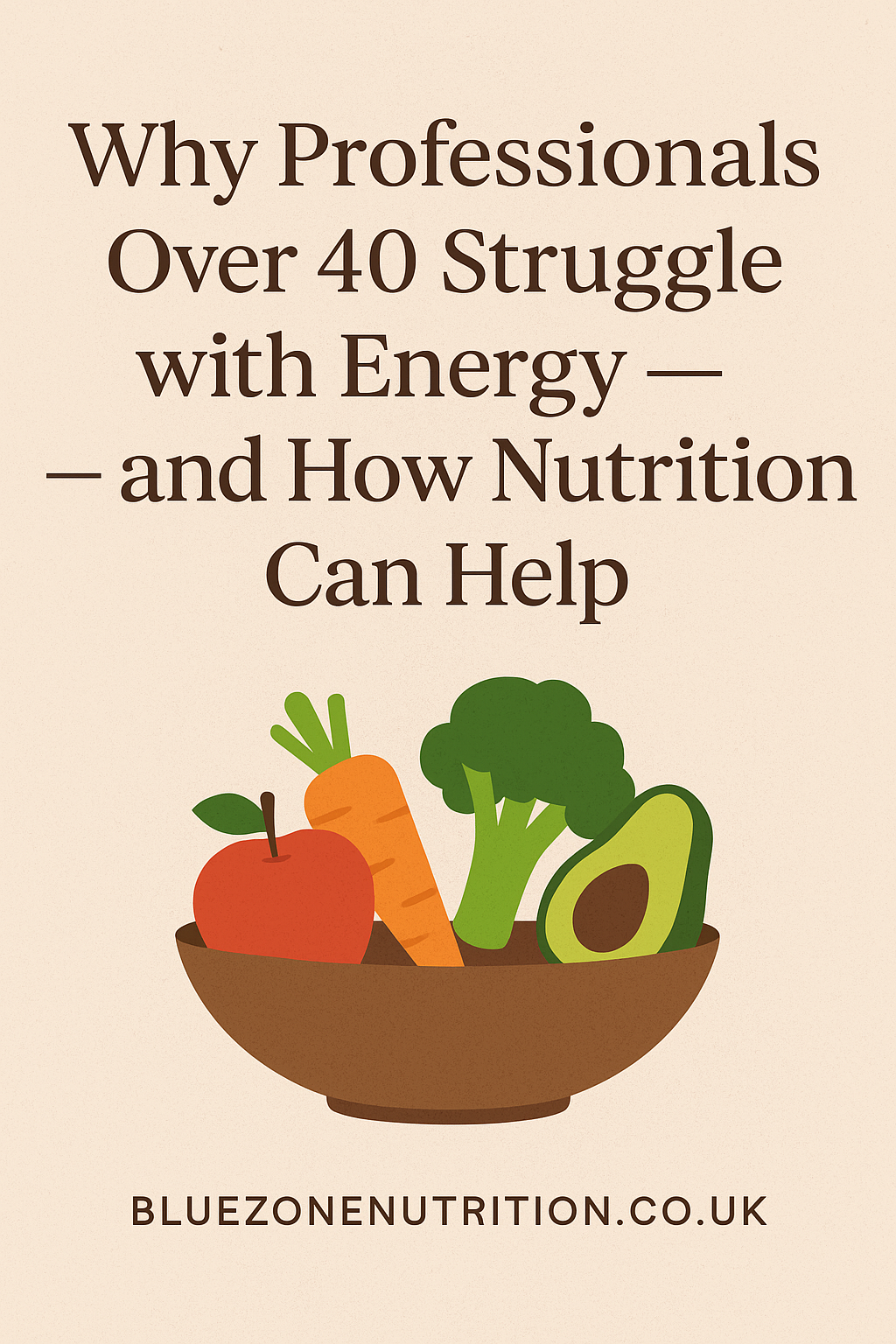Fruit has long held its place as a symbol of health. Bright, juicy, and naturally sweet – what’s not to love? But when it comes to your health, especially blood sugar and gut function, the story of fruit is more nuanced than most people realise.
Let’s break it down.
Natural Sugar Is Still Sugar
Yes, fruit contains vitamins, fibre, and antioxidants. But it also contains fructose – a naturally occurring sugar that, in large amounts, can stress the liver, contribute to insulin resistance, and disrupt your gut bacteria. Just because it’s “natural” doesn’t mean it’s harmless in any quantity.
Modern fruit, thanks to selective breeding, is much larger and sweeter than it used to be. Think about the size of apples or bananas in supermarkets today compared to what you might have seen growing up.
Whole Fruit vs Fruit Juice
When you eat a piece of whole fruit, the fibre helps slow down the absorption of sugar, keeping your blood sugar more stable. But when you juice that same fruit, you strip away the fibre and flood your body with a concentrated dose of fructose.
A glass of orange juice, for example, can contain the sugar of four or five oranges – far more than you’d eat in one sitting.
The Worst Offenders for Sugar Spikes
Some fruits are far more blood-sugar friendly than others. Tropical fruits like mangoes, bananas, and pineapples are high in sugar, and best enjoyed occasionally – and always with fibre, protein, or healthy fat to buffer the spike.
Instead, try opting for:
- Berries – Low in sugar, high in fibre and antioxidants
- Apples (with the skin on) – Full of pectin and gut-loving fibre
- Pears – Gentle on digestion and supportive of gut motility
What About Dried Fruit?
Dried fruit might seem like a healthy snack, but it’s incredibly concentrated in sugar and easy to overeat. A handful of raisins may contain the sugar of an entire bunch of grapes – without the water content or satiety.
If you’re including dried fruit, be mindful of quantity, and always pair it with some protein or fat – like a few walnuts or a spoon of almond butter.
How to Enjoy Fruit Smartly
- Stick to whole, fresh fruit
- Eat fruit earlier in the day, when your body is more insulin-sensitive
- Pair fruit with a meal or snack to slow sugar absorption
- Limit juiced or dried versions
- Choose seasonal and local varieties for maximum nutrients
Final Thoughts
Fruit can be part of a healthy, balanced diet — but it’s not a free pass. Like anything sweet, it’s about portion, context, and quality.
If you’re managing blood sugar, energy, cravings or gut issues, take a second look at how you’re consuming fruit. Sometimes, small changes make the biggest difference.
Written by Milvia Pili (FNTP)
Nutritional Therapist | Blue Zone Nutrition




